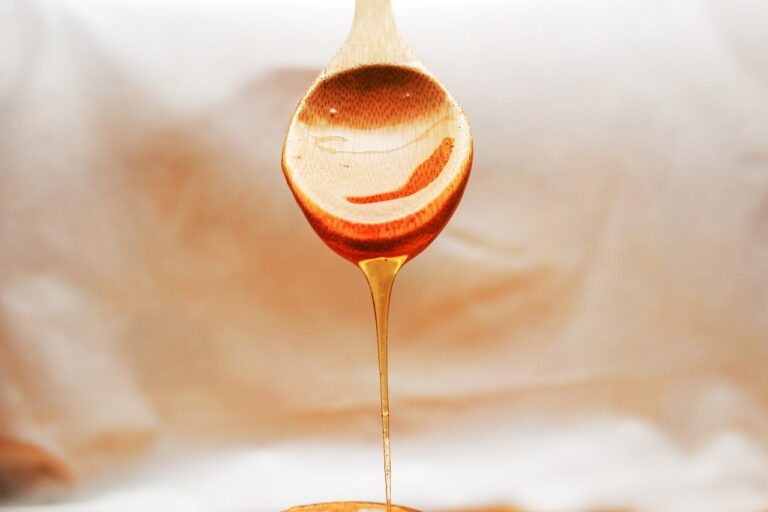Exploring the Benefits of Art Therapy for Mental Health
Research has shown that engaging in creative activities can have a profound impact on mental health and overall well-being. Creating art allows individuals to express their emotions, thoughts, and experiences in a tangible and meaningful way. Through the process of making art, people can release pent-up stress, explore their inner selves, and gain a sense of accomplishment and empowerment.
Art provides a safe space for individuals to confront difficult emotions and memories that they may find challenging to express verbally. Whether it’s painting, drawing, writing, or any other form of artistic expression, the act of creating can be a therapeutic outlet for processing and working through various psychological issues. The healing power of creativity lies in its ability to foster self, self-awareness, promote self-care, and inspire positive self-growth.
Understanding the Connection Between Art and Mental Health
Art has long been recognized as a therapeutic tool for improving mental health. Engaging in artistic activities like painting, drawing, or sculpting can provide individuals with a unique outlet to express their emotions and thoughts in a non-verbal way. Through the creative process, individuals can explore their inner world, process complex feelings, and gain insights into their own experiences.
Moreover, art offers a sense of control and agency to individuals struggling with mental health issues. It allows them to make choices, experiment with different forms of self-expression, and build self-esteem. The act of creating art can also foster a sense of accomplishment and pride, leading to improved self-confidence and a more positive outlook on life.
Art Therapy as a Non-Verbal Form of Communication
Art therapy serves as a medium for individuals to express themselves through creative outlets such as painting, drawing, or sculpting. This non-verbal form of communication allows individuals to convey their emotions, thoughts, and experiences in a visual and tangible way, providing a unique avenue for self-expression and exploration. By engaging in art-making within the therapeutic setting, clients can tap into their subconscious mind, uncovering hidden feelings and gaining a deeper insight into their inner world.
Through the process of art therapy, individuals can externalize internal conflicts and struggles, making them more manageable and easier to understand. The act of creating art can bring about a sense of catharsis, enabling individuals to release pent-up emotions and process traumatic events in a safe and supportive environment. Additionally, art therapy can foster a sense of empowerment and self-awareness, as clients gain a greater understanding of themselves and their experiences through the visual representation of their innermost thoughts and feelings.
• Art therapy allows individuals to express themselves through creative outlets
• Non-verbal form of communication using painting, drawing, or sculpting
• Helps individuals convey emotions, thoughts, and experiences visually and tangibly
• Provides a unique avenue for self-expression and exploration
Through art therapy:
• Clients tap into their subconscious mind
• Uncover hidden feelings and gain deeper insight into their inner world
• Externalize internal conflicts and struggles for better understanding
• Bring about a sense of catharsis by releasing pent-up emotions in a safe environment
Art therapy also:
• Fosters empowerment and self-awareness
• Helps clients understand themselves better through visual representation of thoughts and feelings
What is art therapy?
Art therapy is a form of therapy that uses creative expression through art to help individuals explore their emotions, improve self-awareness, and enhance their mental well-being.
How does art therapy work as a non-verbal form of communication?
Art therapy allows individuals to express their thoughts and feelings through the creation of art, bypassing the need for verbal communication. This can be especially helpful for those who may find it difficult to express themselves verbally.
What are the benefits of using art therapy?
Art therapy can help individuals reduce stress, improve self-esteem, enhance problem-solving skills, and process traumatic experiences. It provides a safe and supportive environment for self-expression and exploration.
Is art therapy suitable for everyone?
Art therapy can be beneficial for people of all ages and backgrounds. It is particularly helpful for individuals who may have difficulty expressing themselves verbally or who prefer non-verbal forms of communication.
How can someone get started with art therapy?
If you are interested in trying art therapy, you can seek out a licensed art therapist in your area. They will work with you to explore your emotions and experiences through creative expression.







